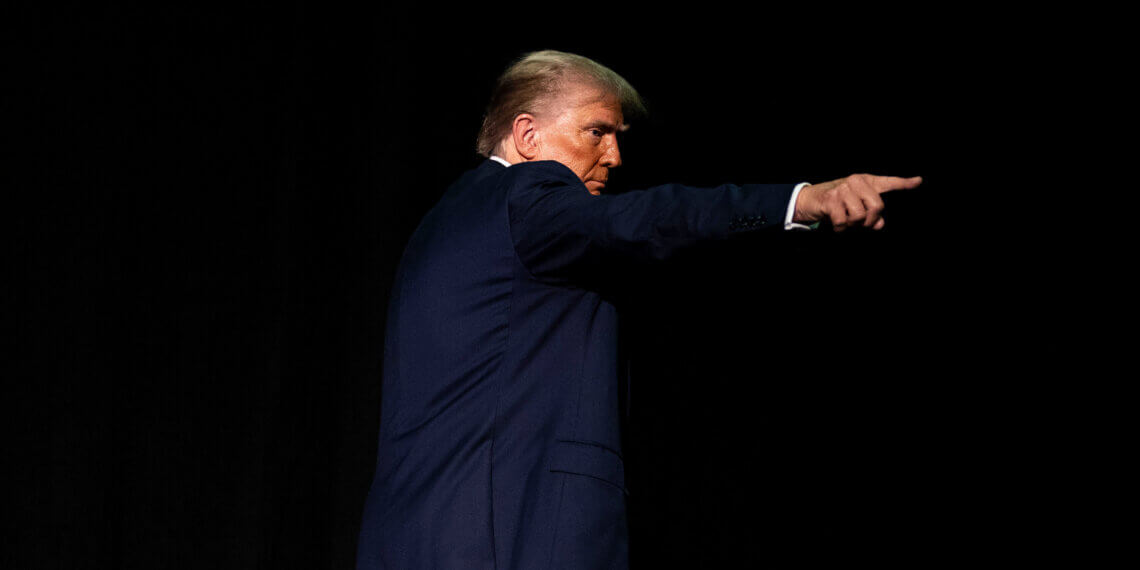The U.S. economy faces a conflict between President Donald Trump’s promise of economic growth and the Federal Reserve’s more conservative approach because they disagree about inflation and trade risks.
The central bank has stopped interest rate reductions while changing its future interest rate projections to show higher borrowing costs. The Federal Reserve now predicts sustained high inflation because of Trump’s trade policies especially tariffs and they have reduced their rate cut expectations.
The monetary policy shift reduces expectations for reduced financing expenses for consumers and businesses while creating a difference between the Fed and other global central banks that implement easing measures.
The Fed Chair Jerome Powell has faced public criticism from Trump regarding his reluctance to implement more substantial rate reductions. The policymakers base their decisions on changing data which shows that tariffs increase short-term inflation while decreasing consumer sentiment.
The Federal Reserve’s cautious approach demonstrates how trade-related uncertainty affects monetary policy decisions which creates challenges for the White House to communicate its economic message before making important tariff and spending decisions.










